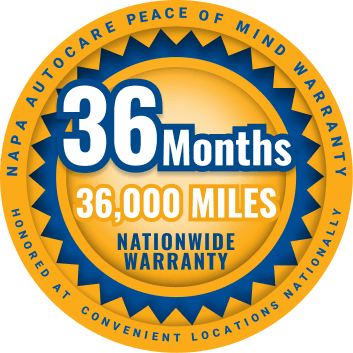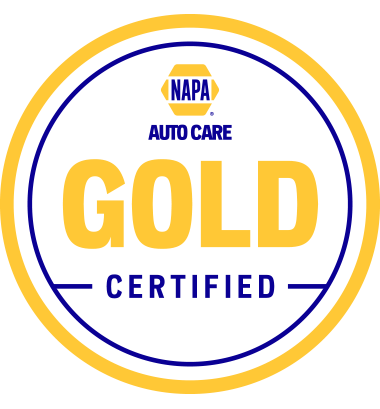

Wheel Alignment & Suspension
in Norfolk, VA
Family Owned
Napa Certified
Reliable
Services
Wheel Alignment & Suspension Services in Norfolk, VA
At Carmasters Automotive, we provide expert wheel alignment and suspension services to keep your vehicle driving smoothly in Norfolk, VA. Proper alignment not only improves handling but also extends the life of your tires. Our ASE-certified technicians use state-of-the-art equipment to adjust your vehicle’s alignment and inspect the suspension system, ensuring optimal performance. As a NAPA AutoCare Center, we offer a 36-month/36,000-mile warranty, giving you peace of mind with every service.
Wheel Alignment and Suspension Repair in Norfolk, VA
Your vehicle’s suspension and alignment play a crucial role in providing a smooth, stable, and safe driving experience. Over time, everyday wear and tear, potholes, and uneven roads can throw your alignment off balance or cause suspension damage. Misaligned wheels not only affect your car’s handling but also lead to uneven tire wear, reducing tire lifespan and fuel efficiency. At Carmasters Automotive, we provide comprehensive wheel alignment services to correct these issues and ensure your vehicle tracks straight and performs optimally on the road.
Additionally, your suspension system absorbs shocks and keeps your tires firmly connected to the road. If you notice your vehicle pulling to one side, vibrating, or experiencing poor steering control, these could be signs of suspension problems. Our ASE-certified technicians carefully inspect your suspension system, including shocks, struts, and springs, identifying any worn or damaged components. Trust our team to restore your vehicle’s smooth ride, ensuring long-term safety and comfort.
Suspension & Alignment Services in Norfolk, VA
Carmasters Automotive is your trusted shop for wheel alignment and suspension repair in Norfolk, VA. Our ASE-certified technicians use precision equipment to diagnose and fix alignment issues, while also thoroughly inspecting your suspension system. We’re proud to be a CARFAX Top-Rated Service Center, ensuring the highest standards of service backed by a 36-month/36,000-mile warranty.
Key Benefits:
- Accurate wheel alignment for improved handling
- Comprehensive suspension inspections and repairs
- ASE-certified technicians with expert knowledge
- 36-month/36,000-mile warranty on all services
- Enhanced tire life and fuel efficiency
Wheel Alignment Near Me in Norfolk, VA
If your vehicle is pulling to one side, experiencing uneven tire wear, or not driving as smoothly as it should, it’s time to schedule a wheel alignment and suspension check at Carmasters Automotive in Norfolk, VA. Proper alignment ensures your vehicle’s stability and handling, while a well-maintained suspension system guarantees a comfortable ride. Our certified technicians offer efficient, high-quality repairs that keep your car performing at its best.
Contact Carmasters Automotive today to schedule your wheel alignment and suspension service. With our 36-month/36,000-mile warranty, you can rest assured that your vehicle is in good hands, keeping you safe on the road.
Repair Services
UNMATCHED CUSTOMER Experience
Brake REPAIR
Ensure your safety on the road with timely brake repair. Properly functioning brakes are essential for safe driving, and addressing any issues early prevents more costly repairs and accidents.
Engine DIAGNOSTICS
Quickly identify and fix engine issues with advanced diagnostics. Regular engine checks help prevent breakdowns, improve performance, and extend the life of your vehicle.
HYBRID SERVICE
Specialized care for hybrid vehicles ensures optimal performance and efficiency. Routine maintenance keeps your hybrid running smoothly and reduce overall repair costs.
OIL CHANGE
Routine oil changes are essential for maintaining engine health and ensuring optimal performance. Fresh oil reduces wear, improves fuel efficiency, and extends your engine’s lifespan.
Our Location
Proudly Providing Car Repair and Maintenance to the Residents of Norfolk, VA and Nearby Areas
Located in the heart of Norfolk, VA, Carmasters Automotive is your go-to destination for expert auto repair services. Our shop is conveniently accessible for vehicle owners throughout Norfolk and surrounding areas. Whether you’re in need of routine maintenance or specialized repair services, our certified team ensures your car gets the care it deserves. We proudly serve the following nearby cities and towns:
- Virginia Beach, VA
- Chesapeake, VA
- Portsmouth, VA
- Suffolk, VA
- Hampton, VA
- Newport News, VA
- Poquoson, VA
- Yorktown, VA
- Smithfield, VA
- Carrollton, VA
- Williamsburg, VA
- Jamestown, VA





